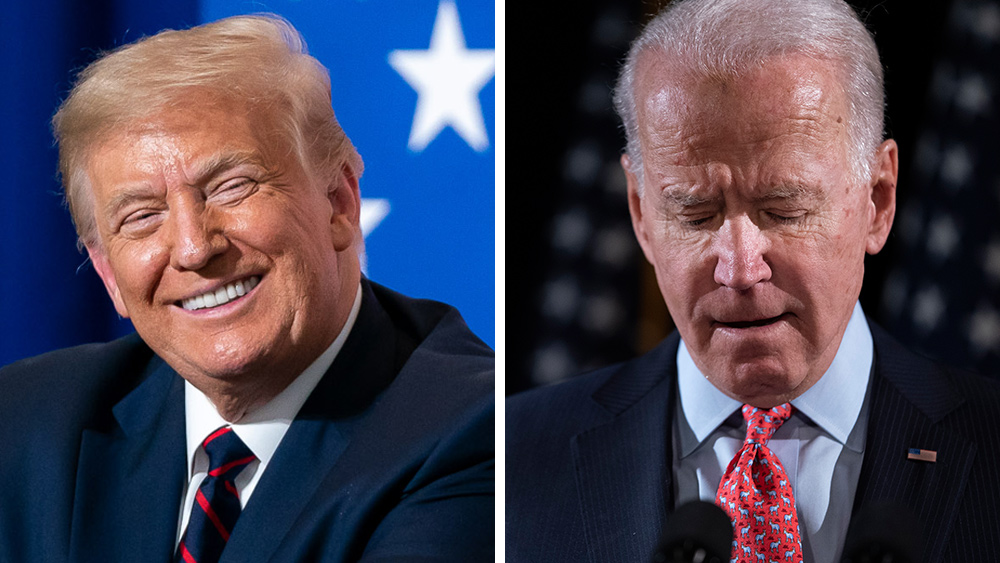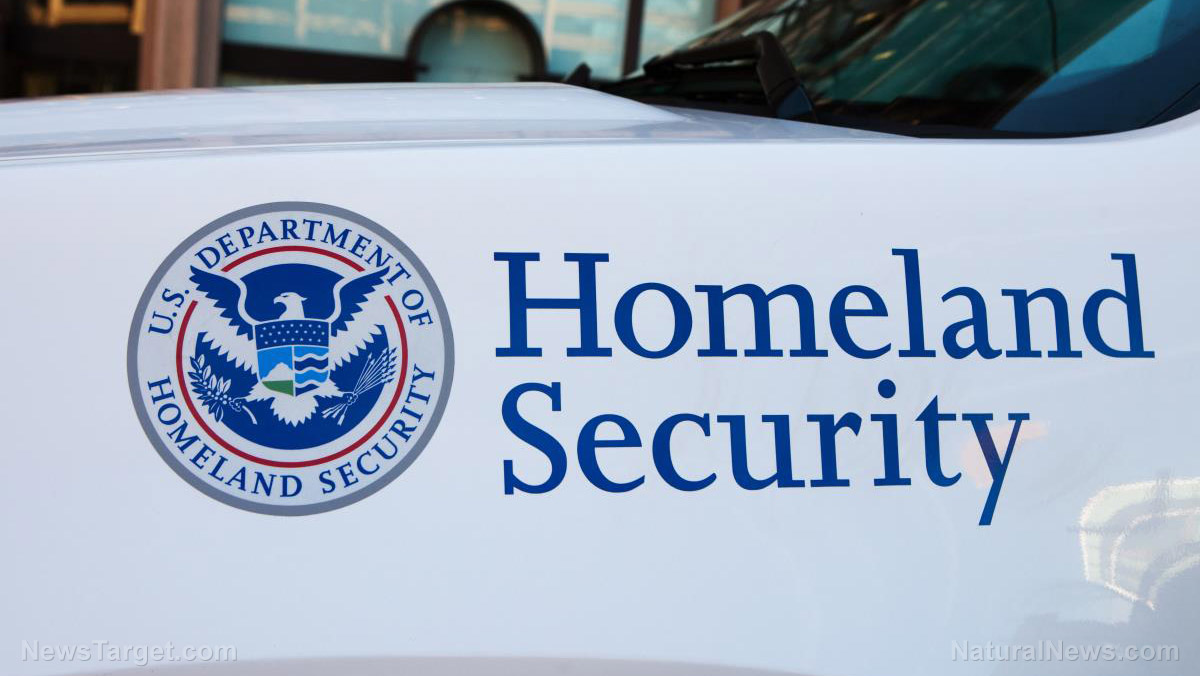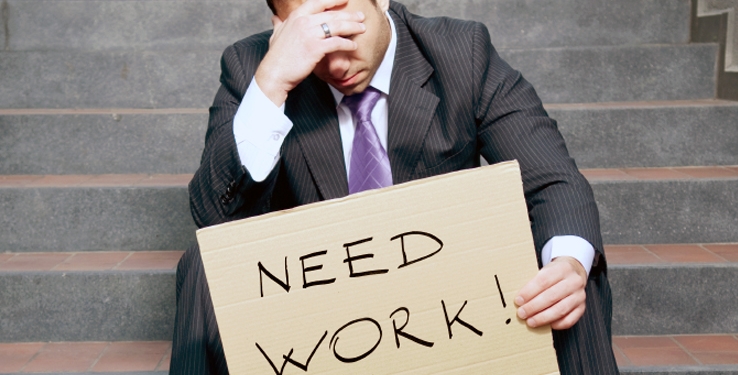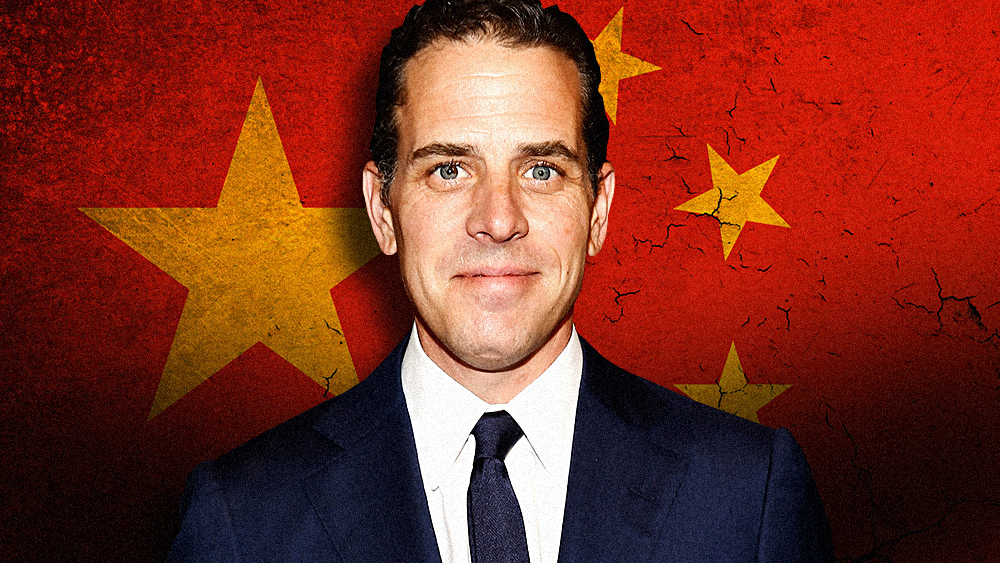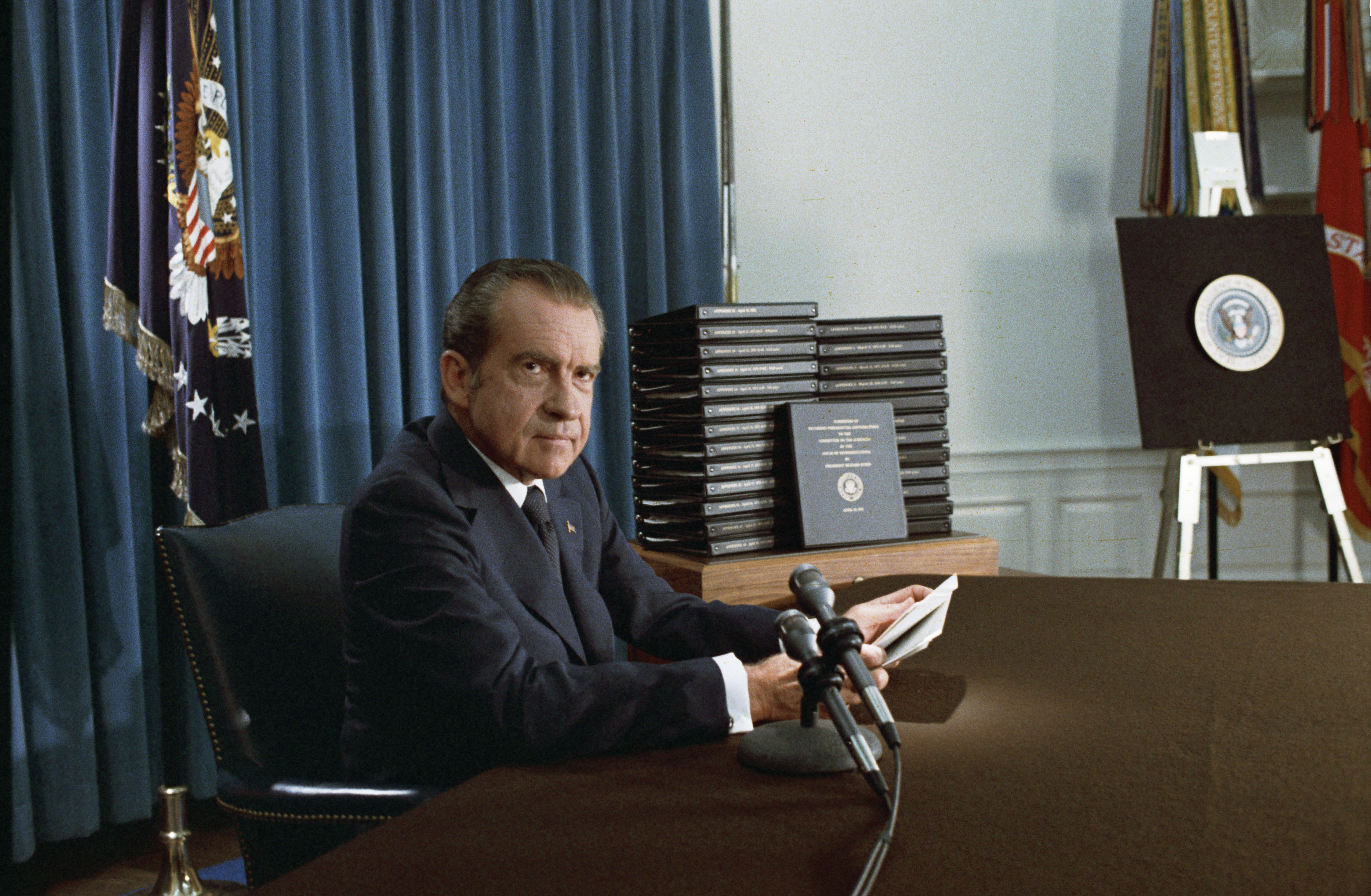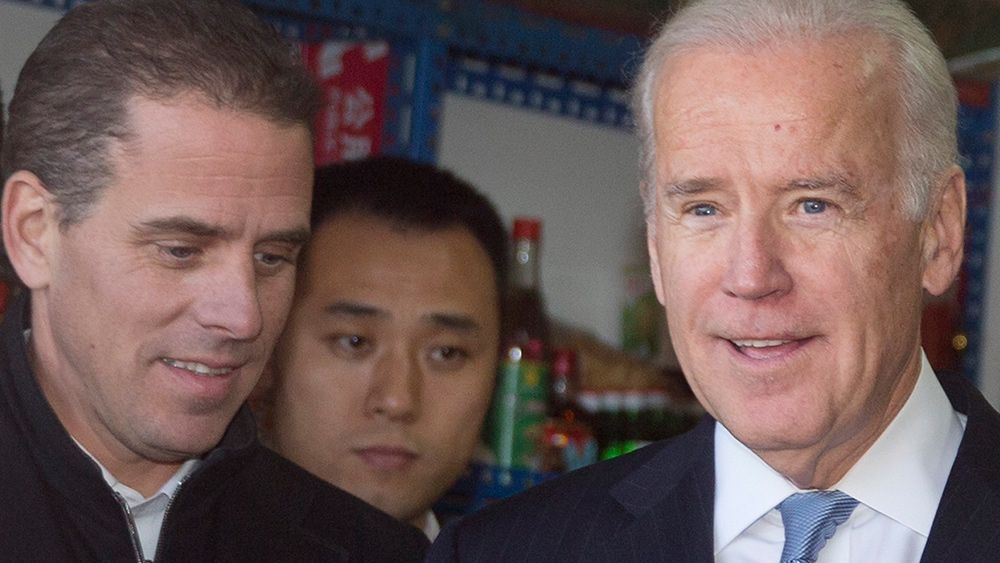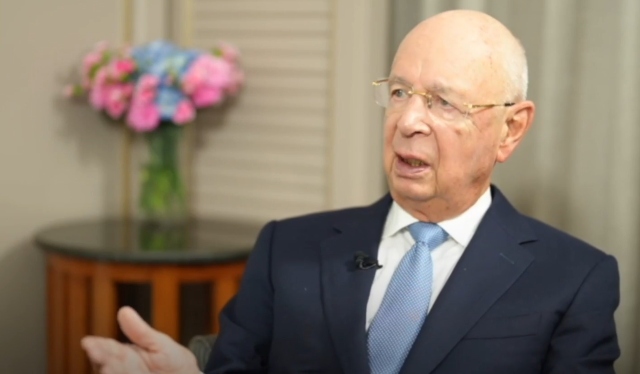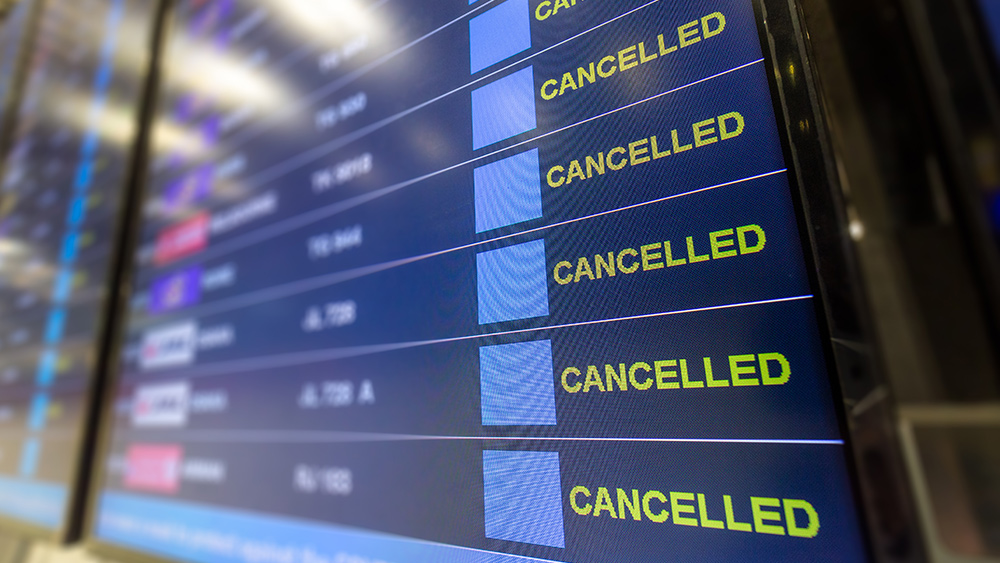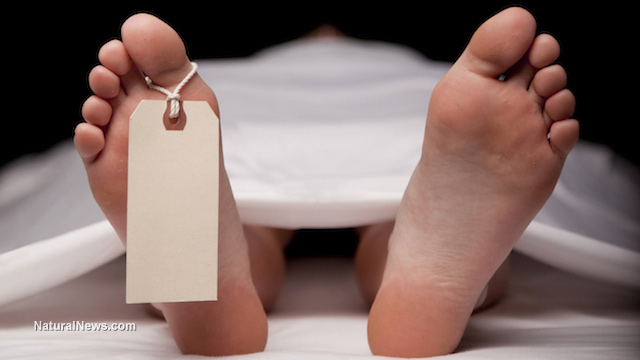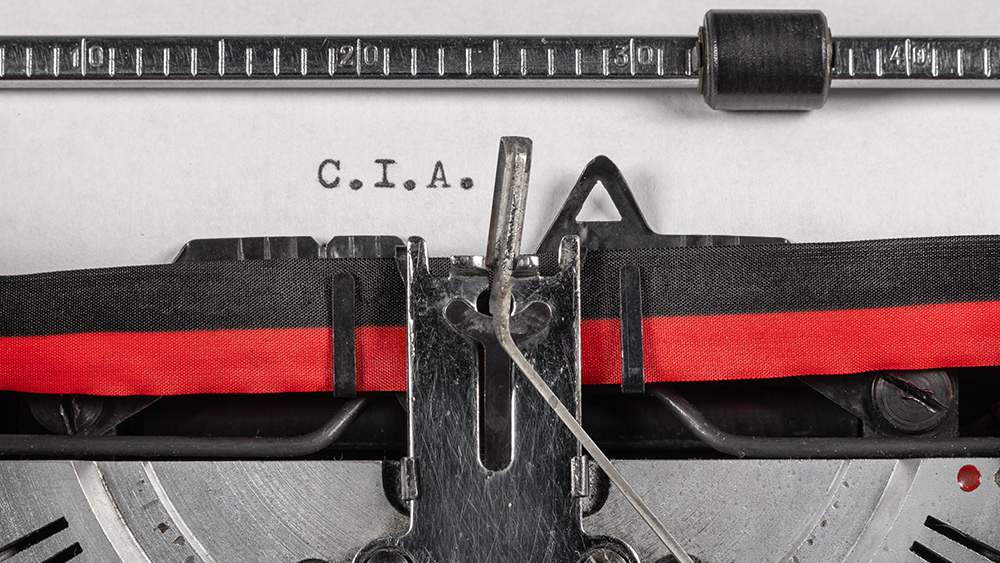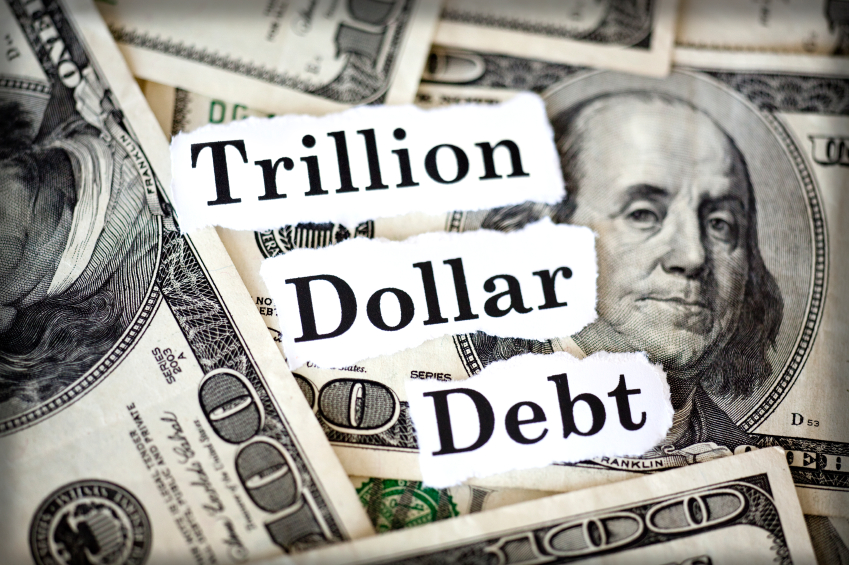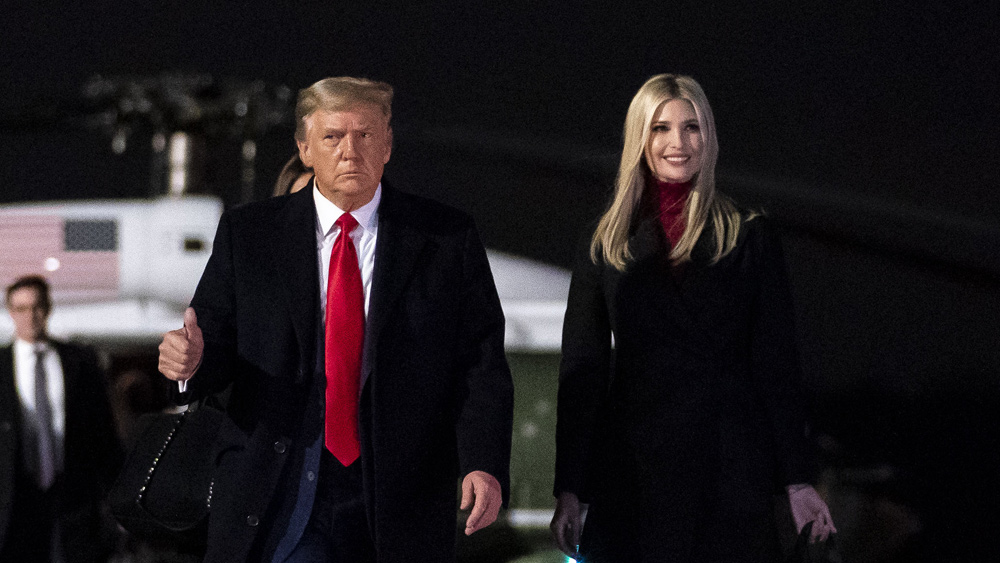Supreme Court to hear two challenges against Biden’s student loan debt forgiveness plan
01/10/2023 / By Arsenio Toledo

The Supreme Court has agreed to hear two challenges against President Joe Biden’s student loan relief program. Oral arguments are set to begin in February.
Furthermore, the court has also agreed to keep in place a nationwide injunction set by a lower court of appeals preventing the student loan forgiveness program from taking effect for now.
The cases made their way from the lower courts to the Supreme Court following months of legal jostling over the White House’s plan to allow between $10,000 to $20,000 in student loan debt to be forgiven.
The White House is attempting to push ahead with this plan despite the Congressional Budget Office’s conservative estimate suggesting that the debt relief plan will cost taxpayers about $400 billion. (Related: Biden’s debt forgiveness plan is an open invitation for educational institutions to commit FRAUD.)
The first case is a legal challenge filed in the U.S. Eighth Circuit Court of Appeals in St. Louis, which issued the initial injunction against the student loan relief program. The administration asked Justice Brett Kavanaugh, who is responsible for handling emergency applications arising from Eighth Circuit Court cases, to lift the injunction.
The injunction was filed in response to a legal challenge by six Republican-led states, namely Arkansas, Iowa, Kansas, Missouri, Nebraska and South Carolina. The Supreme Court said it will consider the White House’s application to lift the injunction “pending oral argument.”
The six states argue that the White House overstepped its authority in wiping away debt without express authorization from Congress.
Federal government may be exceeding its authority in attempt to wipe away debts
The second case involves two holders of student loan debt, Myra Brown and Alexander Taylor, who claimed the White House failed to follow the correct procedure in announcing the plan. They said the White House did not provide proper notification to the public about the plan or give them a chance of commenting on it.
Both Brown and Taylor have student loans. Brown is not eligible for relief because her loans are held by private entities rather than by the federal government through the Department of Education. Taylor is eligible for $10,000 in relief, but not for $20,000 because he is not a Pell Grant recipient.
A federal judge agreed with Brown and Taylor, claiming that the Education Department is obligated to have a notice-and-comment period before adopting the plan. Furthermore, the judge argued the program exceeded the statutory authority of the Secretary of Education.
The Department of Justice took the case to the U.S. Court of Appeals for the Fifth Circuit, which denied the request to lift the injunction, forcing the administration to once again take the case up to the Supreme Court.
The White House claims Biden’s plan could benefit more than 40 million borrowers who stand to have between $10,000 to $20,000 of their student debt wiped out. Such a move would cancel hundreds of billions of dollars in federal debt owed by the borrowers.
While the administration is waiting for the date of oral arguments before the Supreme Court, the Education Department has extended its pause on loan repayments until June or until the Supreme Court rules on the debt relief program’s legality.
Learn more about debt in the United States at DebtCollapse.com.
Watch this episode of “Zoon Politikon” as host Holly Seeliger discusses the Supreme Court’s decision to take up a challenge against Biden’s student loan forgiveness plan.
This video is from the Zoon Politikon channel on Brighteon.com.
More related stories:
US national debt hits $31 TRILLION for the first time.
Former Trump adviser: Student loan forgiveness plan likely to backfire on Dems.
Sources include:
Submit a correction >>
Tagged Under:
big government, bubble, debt bomb, debt collapse, debt forgiveness, deception, freedom, government debt, government overreach, Joe Biden, Liberty, loan forgiveness, money supply, national debt, Resist, revolt, risk, student loan forgiveness, student loans, Supreme Court
This article may contain statements that reflect the opinion of the author
RECENT NEWS & ARTICLES
COPYRIGHT © 2017 WHITE HOUSE NEWS



